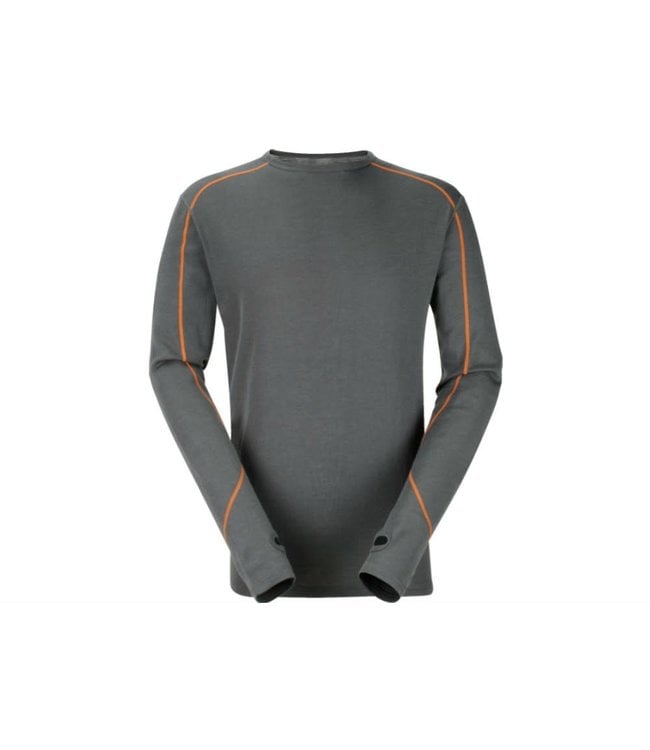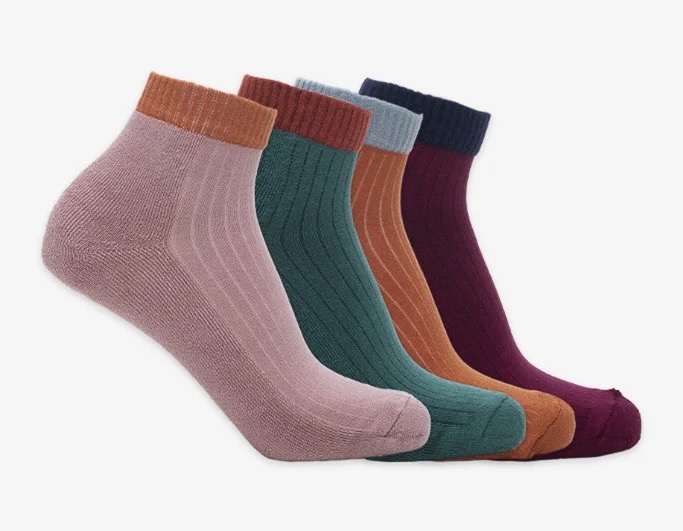Top Merino Wool Base Layers Guide
Wiki Article
Why Is Yak Merino Wool Base Layers Beneficial For Winter Sports Clothing In Terms Of Natural Fiber Benefits?
Renewable and sustainable, Yak Merino wool base layer is highly effective in winter sportswear and not just due to its performance well, but also because of its fiber-based benefits.
Both yak wool and merino fleece are made of natural fibers from animals. Renewable resources can be harvested sustainably without harming the animal. They are biodegradable which means they can be degraded naturally without harming the environment.
Low Environmental Impact-
Natural fibers have a generally lower environmental impact as compared to synthetic materials. Wool is manufactured using fewer chemicals than synthetic fibers, and require less non-renewable energy.
Energy Efficiency
The production of synthetic fibres such as nylon or polyester requires more energy. Natural wool manufacturing is energy efficient, which results in less carbon emissions.
Minimizing Microplastic Pollution
Natural wool fibers don't pollute lakes with microplastics as do synthetic fibers.
Longevity, Recyclability and Durability
The clothing made from yak merino is typically durable, lasting a long duration. Wool fibers can also be reused or recycled, reducing consumption.
Sustainability Practices
Some wool producers adhere to ethical and sustainable practices. This includes the protection of animals as well as responsible land management. It also ensures fair labor conditions and working conditions for workers involved in production.
Environmental Certification-
The Responsible Wool Standard or the Global Organic Textile Standard, (GOTS) Both are certificates of ethically and environmentally conscious practices in wool production. These standards provide consumers with an assurance of sustainable practices.
Overall, yak merino base layers are in line with sustainability in the environmental sense because they are derived from natural, renewable sources with little environmental impact when they are produced and often using ethical and sustainable practices throughout their supply chain. Choosing natural fibers like yak merino wool to make winter sportswear is a step towards sustainable and environmentally-friendly consumption practices. View the most popular koraoutdoor.com winter clotihng for site tips including merino wool base layer clearance, merino wool base layer pant, wool long underwear mens, best merino wool base layer, merino wool long johns, smartwool base layer womens, wool long underwear mens, merino wool mid layer, icebreaker merino wool base layer, wool base layer and more.

What Are The Advantages Of Bamboo Clothing In Terms Of Softness And Antibacterial Properties, Renewability And Durability?
Bamboo clothing offers many benefits such as softness, antibacterial properties and durability.
Bamboo's luxurious feel is renowned for its silky soft texture. It is often compared to expensive materials such as cashmere or silk. It feels soft smooth and soft against the body.
Antibacterial Properties
Bamboo has antimicrobial properties that are naturally. This ingredient is referred to as "bamboo Kun." This property prevents the growth on fabric of odor-causing bacteria or fungi.
Durability-
Strength- Bamboo fibers are durable and strong despite their softness. Bamboo clothing is resistant to normal wear and tear, making it suitable for different activities without compromising quality.
Renewability-
Rapid Growth- Bamboo is an extremely renewable resource that can grow quickly without the need for pesticides or fertilizers. It is harvested in just a few years and has a minimal environmental impact.
Sustainability-
Eco-Friendly Production- Bamboo cultivation and processing generally have a lower environmental impact when compared to the manufacturing of synthetic materials. Bamboo is sustainable due to its rapid growth, the fact that it needs little water, and because it can be grown in a wide range of climates.
Biodegradability-
Natural Breakdown - Bamboo clothing is biodegradable which means it will degrade naturally at the end of its lifespan. This reduces the quantity of non-biodegradable waste in landfills, and helps to minimize environmental pollution.
Hypoallergenic Qualities
The less irritation: Bamboo fabric tends to be less susceptible to skin irritation and allergies as compared to other synthetic materials. This is why it is the ideal choice for skin with sensitive issues.
Bamboo clothing is an excellent choice for those seeking eco-friendly, comfortable and functional clothing. It combines softness with the ability to fight bacteria and last for a long time. These characteristics provide a satisfying wear experience and go along with environmentally-friendly practices. See the best bamboo clothings hints for more advice including short bamboo, bamboo long sleeve shirt, bamboo yoga wear, bamboo sweater, freefly hoodie, bamboo sun shirt, checkered bamboo pajamas, bamboo jeans, women's freefly apparel, bamboo leggings and more.

How Are Merino Wool And Bamboo Clothing Different From Regular Wool?
Merino Wool Bamboo Clothing, Regular Wool are distinguished by distinct characteristics that make them distinct.
Merino's soft, silky fibers make it soft against your skin. It's less likely than conventional wool to cause irritation and itching.
Merino Wool is a Moisture Wicking. Merino wool wicks moisture off the skin, allowing it to evaporate and keep the wearer comfortable and dry.
Merino offers excellent insulation, even when it is wet. It regulates body temperature, providing warmth in cold conditions and breathability to prevent overheating during activity.
Odor resistance- It prevents the growth of odor causing bacteria and keeps garments fresh, even if used for long periods of time.
Bamboo Clothing
Bamboo clothing is known for its silky and soft feel, often likened to silk or cashmere. It's soft to the skin and provides an indulgence.
Bamboo fabric wicks moisture and draws moisture from the skin, keeping the wearer dry.
Temperature Regulation- Bamboo clothing has natural temperature-regulating abilities, offering warmth in winter and breathability to prevent overheating.
Sustainability Bamboo is a renewable resource that is highly renewable, and can grow very quickly without using pesticides. It is biodegradable.
Regular Wool
Texture. The classic wool texture may vary. Certain kinds of itchy or uncomfortable textures are more rough.
Warmth - Regular Wool is a great source of excellent insulation as well as warmth, however it can feel weighty and bulky at times.
Wool can absorb moisture. This means it is less efficient at moisture wicking in comparison to merino bamboo or other fabrics. Wool retains its warmth, even when damp.
Merino's advantages include softness, moisture-wicking ability, resistance to odor, and insulation. Bamboo clothing offers a soft texture, moisture-wicking properties temperatures regulation, and sustainable. Regular wool differs in its texture. It may not be as soft or have the same moisture wicking ability like bamboo and merino, but it does provide warmth. Each wool type is distinct and is suited to various winter clothing preferences. Have a look at the best bamboo winter clothings for blog recommendations including best merino base layer, patagonia merino wool base layer, ski underwear, cheap merino wool base layer, wool mid layer, ski thermals mens, men's wool leggings, heavyweight merino wool base layer, best baselayers for skiing, best merino wool base layer women's and more.
